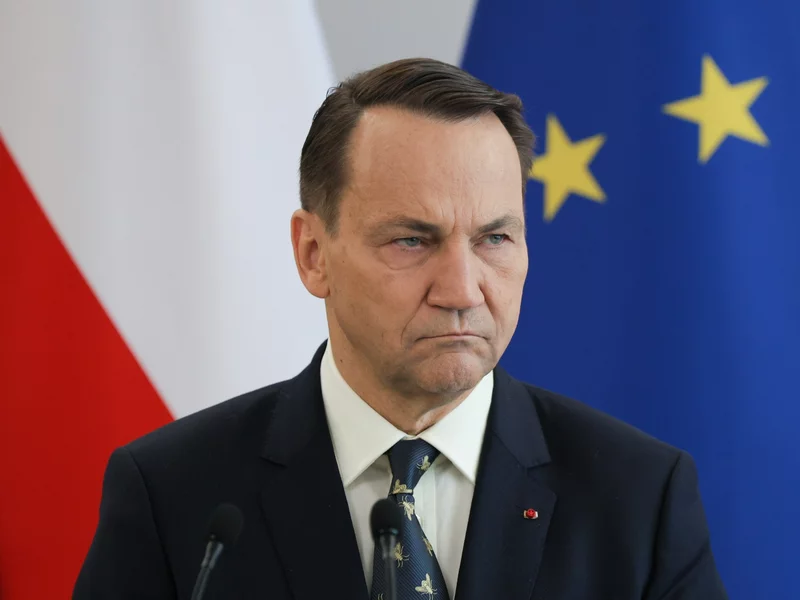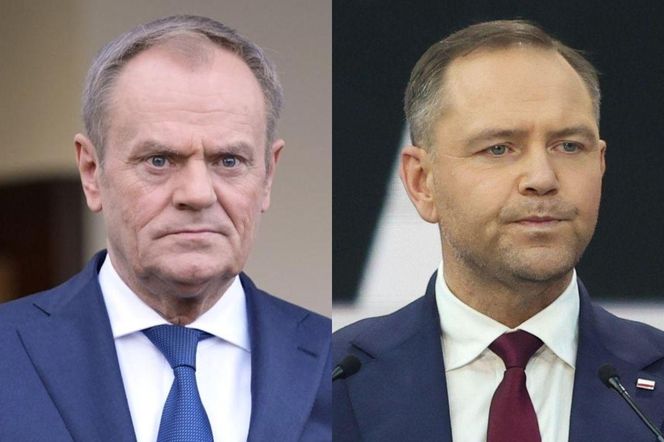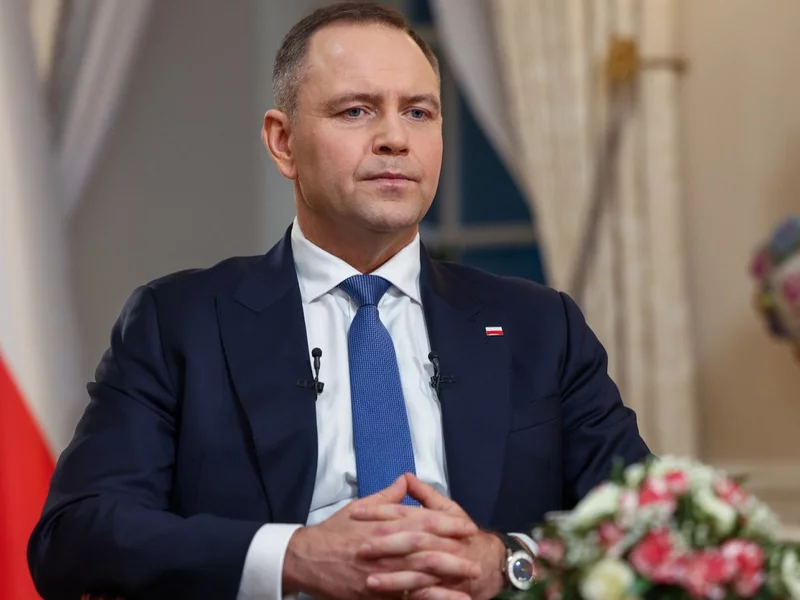Gaza Strip: truce with misty area views
On October 9, Israel, Hamas and mediators (including Steve Witkoff) signed in Egypt a paper concerning the end of the war in Gaza, which provides, among others, for the withdrawal (within the Zone) of Israeli troops, the acceptance of humanitarian aid and the exchange of Israelis held by Hamas (about 20 living) into part of Palestinians imprisoned or detained by Israel (near 2,000). These provisions, implementing the first phase of the comprehensive plan to end the conflict in Gaza, presented by Donald Trump at the end of September, have been implemented by both parties since 13 October. The plan assumes, among others, that Trump will symbolically lead the body overseeing the post-war administration of Gaza.
Also on 13 October, Presidents of the United States, Turkey and Egypt and Qatar emir in the presence of representatives of 26 another states signed in the city of Sharm el-Sheik in Egypt Trump's declaration for lasting peace and prosperity (the Prime Minister of Israel resigned from coming). The paper supports the American leader's efforts to end the war in Gaza and announces cooperation to stabilise the region.
Despite Trump's statements that he succeeded in bringing the war to an end, and the first successes of the plan, namely stopping most of the war activities and exchanging people held between the parties, the prospects of peace in Gaza stay uncertain.
Comment
- The Israel-Hamas Agreement and the Summit in Egypt are the most serious effort to end the war since the Israeli ceasefire in March (promoted in January with the support of the outgoing and ascending American administration). This is the consequence of Trump's individual commitment, made public – in the form of a 20-point comprehensive plan – during the visit of Prime Minister Binjamin Netanyahu to Washington on 29 September. respective factors may have influenced the President's determination to end the conflict: hopes (unfulfilled) for the Nobel Peace Prize, the Israeli attack on Qatar's capital (an crucial ally of the United States) on September 9, and a rising wave of criticism in American society against Israeli actions in Gaza.
- The current effort to bring about the end of the war distinguishes the scale of Trump's authority's involvement, as well as the inclusion of 3rd countries in the process. The president has founded it with his name, has spoken on this issue in Kneset (13 October), has de facto acted as the host of the summit in Egypt and is to symbolically lead the post-war governing body of the Gaza administration. The importance of the process is raised by the participation of Egypt, Turkey and Qatar, which are signatories to the declaration, have participated in the negotiation of the agreement and are to monitor its implementation. The extended media coverage of the summit and the repeated assurances of the US leadership that this is the end of the war (not the ceasefire) are intended to limit the course of Netanjah's maneuver – above all to prevent it from reopening the conflict after Israel regained its citizens.
- The United States President's efforts seem to have a short-term chance of success. However, they do not warrant that the plan will go beyond the first phase, and Israel – so far curious in continuing the war – will not delay, blur or unilaterally reinterpret it (at the same time assigning blame to the another party). In this context, Netanyahu's absence in Egypt and the fact that he is not a signatory to the declaration adopted there. This means that Israel has accepted the obligations arising solely from the "first phase" presently being implemented and formally retains the freedom of further action.
- Trump's request for specified extended measures (with uncertainty of results) illustrates US restrictions on effective force on Israel – and even though it is in many respects dependent on them, and Washington spent $31–34 billion on his defence (directly and indirectly) over the last 2 years (Brown University data).
- The next stages of the plan, intended to lead to lasting peace, are general and do not include a timetable or mechanisms for forcing them on the websites. These include, among others, Hamas' resignation from the government of Gaza, its disarmament, the amnesty for militants who will resign from the fight, and the right to leave Gaza for the others, the beginning of the border crossing with Egypt, the demolition of "all military, terrorist and offensive infrastructure, including tunnels", the further withdrawal of Israeli forces (which will inactive stay within the Zone), the post-war "rebuilding" of Gaza, the acquisition of the administration of the region by a technocratic body (composed of Palestinians), which will be supervised by the Peace Council with Trump at the head and, among others, Tony Blair in its composition, yet – the temporary introduction of the "International Stabilizing Forces" to Gaza, composed, inter alia, of units from arabian states. However, these assumptions are not circumstantial in any formal agreement, so they have no binding force. In addition, they set Israel in a much more favourable position, which will have the right to review Hamas' activities, and, according to the 20-point plan, it is only to undertake to not buy the full Zone.















